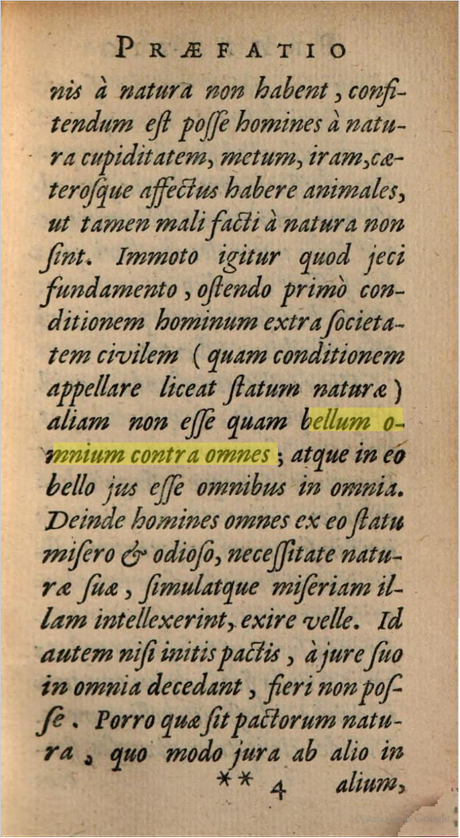Orleans Goes Open Source
From the post:
Since the release of the Project “Orleans” Public Preview at //build/ 2014 we have received a lot of positive feedback from the community. We took your suggestions and fixed a number of issues that you reported in the Refresh release in September.
Now we decided to take the next logical step, and do the thing many of you have been asking for – to open-source “Orleans”. The preparation work has already commenced, and we expect to be ready in early 2015. The code will be released by Microsoft Research under an MIT license and published on GitHub. We hope this will enable direct contribution by the community to the project. We thought we would share the decision to open-source “Orleans” ahead of the actual availability of the code, so that you can plan accordingly.
The real excitement for me comes from a post just below this announcement: A Framework for Cloud Computing,
…
To avoid these complexities, we built the Orleans programming model and runtime, which raises the level of the actor abstraction. Orleans targets developers who are not distributed system experts, although our expert customers have found it attractive too. It is actor-based, but differs from existing actor-based platforms by treating actors as virtual entities, not as physical ones. First, an Orleans actor always exists, virtually. It cannot be explicitly created or destroyed. Its existence transcends the lifetime of any of its in-memory instantiations, and thus transcends the lifetime of any particular server. Second, Orleans actors are automatically instantiated: if there is no in-memory instance of an actor, a message sent to the actor causes a new instance to be created on an available server. An unused actor instance is automatically reclaimed as part of runtime resource management. An actor never fails: if a server S crashes, the next message sent to an actor A that was running on S causes Orleans to automatically re-instantiate A on another server, eliminating the need for applications to supervise and explicitly re-create failed actors. Third, the location of the actor instance is transparent to the application code, which greatly simplifies programming. And fourth, Orleans can automatically create multiple instances of the same stateless actor, seamlessly scaling out hot actors.
Overall, Orleans gives developers a virtual “actor space” that, analogous to virtual memory, allows them to invoke any actor in the system, whether or not it is present in memory. Virtualization relies on indirection that maps from virtual actors to their physical instantiations that are currently running. This level of indirection provides the runtime with the opportunity to solve many hard distributed systems problems that must otherwise be addressed by the developer, such as actor placement and load balancing, deactivation of unused actors, and actor recovery after server failures, which are notoriously difficult for them to get right. Thus, the virtual actor approach significantly simplifies the programming model while allowing the runtime to balance load and recover from failures transparently. (emphasis added)
…
Not in a distributed computing context but the “look and its there” model is something I recall from HyTime. So nice to see good ideas resurface!
Just imagine doing that with topic maps, including having properties of a topic, should you choose to look for them. If you don’t need a topic, why carry the overhead around? Wait for someone to ask for it.
This week alone, Microsoft continues its fight for users, announces an open source project that will make me at least read about .Net, ;-), I think Microsoft merits a lot of kudos and good wishes for the holiday season!
I first say this at: Microsoft open sources cloud framework that powers Halo by Jonathan Vanian.
